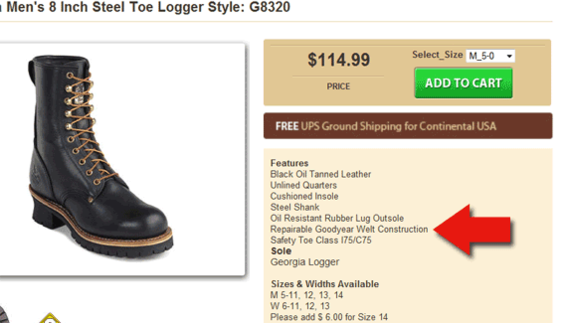A new marketing manager creates high hopes for an ecommerce business. The manager wants an opportunity to contribute and bring success. The business expects a fresh look at its marketing practices and an accompanying boost in sales.
But the new employee should not typically start with a flurry of changes. Instead, it’s better to learn the business and how it operates.
There are at least seven tasks that could help a new ecommerce marketing manager during, say, the first 60 days. A new hire who tackles these tasks is likely to enjoy a successful relationship with the company.

Performance during the first 60 days can set up an ecommerce marketing manager for long-term success.
Comprehend the Strategy
An ecommerce marketing plan should have its roots in the company’s overall business strategy. A new marketing manager must understand that strategy before making advertising and promotional decisions.
In a September 2007 Harvard Business Review article, Michael D. Watkins wrote that “a business strategy is a set of guiding principles that, when communicated and adopted in the organization, generates a desired pattern of decision making. A strategy is therefore about how people throughout the organization should make decisions and allocate resources to accomplish key objectives. A good strategy provides a clear roadmap, consisting of a set of guiding principles or rules that define the actions people in the business should take (and not take) and the things they should prioritize (and not prioritize) to achieve desired goals.”
Job one of a new marketing manager is to become aligned with the company’s strategy. If the leadership hasn’t clearly defined a strategy, a new manager can help create one.
Understand Customers
It is much easier to market products if you know something about the buyers. In particular, why would someone purchase from the company’s online store? Is it for pragmatic or emotional reasons? The new manager needs to know.
Start by reviewing the company’s customer identification work, if it exists. Review buyer personas and customer profiles, if possible.
If this sort of customer information is unavailable, create it.
Know the Product
Understanding the company’s products is key to communicate and market their value.
For example, in 2011, I addressed how knowledge of a product impacts its ecommerce description.
In the article, I mentioned a pair of Georgia-brand work boots. The product description is a series of bullet points, including “Repairable Goodyear Welt Construction.”

The product description includes “Repairable Goodyear Welt Construction.” Many consumers will not understand that term.
I wrote, “What does this mean? Would the typical consumer shopping for logger-style boots understand it? Did the person who wrote (pasted) this description — which is almost an exact copy of the description from the Georgia catalog that is meant for knowledgeable footwear buyers — understand what it means?
“In shoemaking, a welt is a piece of material that attaches the upper part of the shoe to the sole. It’s called a ‘Goodyear welt’ because Charles Goodyear, Jr. invented the first welt-making machine.”
Given this knowledge, a new manager could write a better product description.
These Georgia loggers combine the best of old-world artisan shoemaking and modern technology to give you a work boot that lasts. Take the Goodyear welt construction. Goodyear welts, which secure the boot’s upper to its sole, have been around — in the best of shoes — since before George Washington was born. Improving on this classic technique, Georgia uses heavy-duty, waxed threads that create an almost unbreakable bond.
It is much easier to market a product once you know what makes it special.
Learn the Systems
Ecommerce marketing often requires familiarity with multiple software platforms, such as product information manager, a digital asset manager, a customer relationship manager, and any number of marketing automation tools.
During his first 60 days, a new marketing manager should learn how to access and use these systems.
Interview Stakeholders
The marketing team at an ecommerce company works with other departments — the purchasing team, the operations folks, the customer service department. Each will likely have needs, wants, and pet projects.
In the first 60 days, a new marketing manager should interview the key departmental stakeholders. The goals are to understand what is important to them and how your department can interact.
To help, the manager could ask each person to create a strategy canvas showing the most important factors impacting a customer’s choice to buy the company’s products and the degree to which the company addresses those factors.
The process will help the manager know his coworkers and establish his expertise.
Analyze KPIs
An ecommerce company will typically have key performance indicators. A new marketing manager should know what they are, how they are collected, and how they are used.
The manager should voice questions or concerns about the KPIs before her performance is measured against them.
Develop an Action Plan
After learning the company’s strategy, understanding the customers and stakeholders, and analyzing the KPIs, the new manager should create a marketing action plan — a prioritized list of tasks for the short term.
The action plan describes fresh marketing ideas and steps to boost sales. It makes clear how the manager will contribute and help the company grow.





